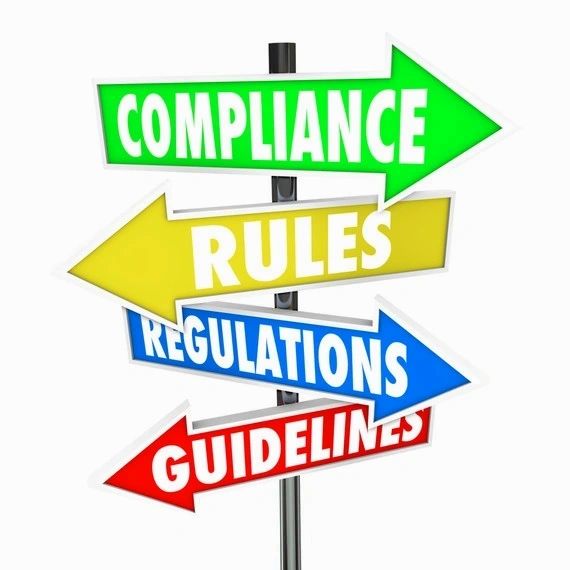What are walk-in laboratory tests?
Walk-in laboratory tests refer to testing done without prior request from a clinician. The patient( or client) simply walks into the lab and says they want lab test a particular test(s) done. They then proceed to provide the appropriate sample, the testing is done and the patient(client) is provided with the results.
Depending on the results, patients may choose to act on the information provided, approach a clinician for interpretation or simply head to a chemist/pharmacy to buy medication.

Conventional testing process
In most situations, whenever you feel sick, you go to a healthcare provider( Doctor/clinical officer/nurse). After taking history (asking lots of questions), a full examination, your clinician makes a tentative diagnosis, and then proceeds to order laboratory tests as she deems necessary. Once the results are back, the clinician interprets them and makes/confirms the diagnosis. A management plan is then formulated which may include treatment and/or further investigations.
When are walk-in laboratory tests appropriate?
The situations where self-ordered tests are appropriate may include:-
- people with chronic conditions and have regular monitoring by lab tests. Examples include diabetes, renal disease, and thyroid disease to name a few.
- Basic tests like urine tests, and pregnancy tests for which home testing is also available.
- Tests which the lab is equipped to offer counselling eg HIV tests, PAP smear etc
What are the advantages of walk-in laboratory testing?
1. Increasing access to laboratory services.
It’s a fact that access to laboratory tests in Kenya for screening, diagnostic or monitoring purposes has been below par. Many patients take a long time before undergoing these tests, often leading to disease progression and worse outcomes. This has been observed across all disease categories and demographics. WHO and other health authorities have published figures to back up these claims.
2. Increased affordability.
When these tests are bundled into a package, the unit cost for each individual test is much lower. Its not unusual to see tests costing 30% of the regular price.
3. Decreased barrier to testing.
These test packages do not require a clinician to order them. The clients simply show up at the lab and the tests are done. For patients with known medical conditions, this may make it easier for them to have the tests they need. A case may be made for patients with renal, diabetes, HIV etc accessing these tests directly. It’s important to note this may be a double-edged sword as we see below. This can come in handy for people undergoing mandated testing e.g. joining institutions or for insurance purposes.
4. Faster Turnaround time.
Laboratories offering these commoditized tests prioritize the customer’s experience.
Potential downsides of walk-in laboratory testing
1. Lack of clinician input for ordering and interpretation of test results.
In most clinical scenarios, the indication for laboratory tests( and any other clinical investigation) takes into account the clinical picture, other investigations, and disease stage, among other factors. A clinician must justify why a particular test is being ordered and how it will add in the diagnostic workup of the patient. This clinical context becomes critical when interpreting the test results. To illustrate, if the test is negative but the clinician strongly believes the disease process is there, she may order additional tests to confirm. On the other hand, without any clinical contest, a negative test would be taken at face value.
Facilities /laboratories offering the test packages insist you can only see the doctor after the results. This turns the whole patient–doctor interaction sequence on its head.
2. Over testing and overtreatment
The term ‘over-testing’ might seem a contradiction. Undergoing medical tests without input from your doctor may lead to unnecessary testing. Laboratory testing is usually an invasive procedure with the potential for complications. Bleeding, infections, and surgical complications are just a few of the potential complications of testing procedures. Furthermore, the results if taken out of context may lead to even more testing and diagnostic procedures. It’s easy to see how this can spiral down with untold consequences
3. Potential for false positives and negatives.
Inaccurate results can occur even in the most stringent of laboratories. When the clinical context of the testing is lacking, then the effect of unreliable results are amplified. In the US where data on misdiagnosis is available, its estimated at $750 billion each year.
4. Profit-driven testing
Since standalone labs are driven primarily by a motivation to increase revenue, their whole testing experience is geared towards more extensive and expensive tests per individual.
5. Inefficient /Wasteful use of resources.
Unnecessary testing has been on the rise, proliferation of testing packages could only accelerate this process. These resources could be better utilized to offer tests to people who require testing.
How can we take advantage while mitigating the downsides
a) Clinician input
Whenever possible, it’s always better to go to a doctor first before heading to the lab for tests. That way, rational testing can be ordered and the results interpreted within the clinical context. Laboratories can include a discounted rate for clinician review before the test. Virtual consultations can help decrease the cost of doctor visits/consultations and increase access and timely consultation and ordering of appropriate tests.
b) Client education.
Information is very empowering. A basic description of the potential downsides of bundled tests should be provided to clinicians.
c) Bundle tests based on disease profile
Laboratory managers can design packages around disease entities or syndromes. For example, people with hypertension could be offered their annual/ biannual package that includes lipid profiles, renal profiles, RBS / HBA1c. Further testing may be recommended after the clinician’s review.
d) Increasing access to laboratory information
When users of laboratory services are well-informed, they have a better chance to make informed decisions. People now to access to vast information on laboratory tests online. However, it’s important to stick to reputable websites as misinformation
e) Regulatory Oversight
In the United States, the FDA is increasingly proactive in regulating self-ordered testing. In Kenya, KMPDC needs to come up with innovative initiatives that address all the issues raised here. A balance of increasing access and patient safety and value proposition need to be addressed.
Conclusion:
When utilized correctly and ethically, walk-in laboratory tests can improve timely access to medical testing in Kenya. However, this may lead to unnecessary testing, which can lead to dangerous outcomes.
There’s a need for the laboratory fraternity in Kenya to come up with guidelines on how to offer safe walking testing while mitigating the potential outcomes.
Share with us your experiences as a walk-in client or provider in the comments or through our contact sections. Follow us on our socials and help us by sharing this article.
[custom-related-posts title=”Check out Related Posts”]
